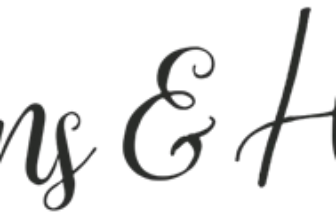
Pillow Top Mattresses – Advantages and Disadvantages
[ad_1]
If you are considering a pillow top mattress, you’ve come to the right place because I have important information to share with you.
My research team has recently conducted thorough mattresses research by gathering data from over 3,000 mattress owners. For reasons that will soon become clear, the results regarding pillow top mattresses are broken up into two categories: innerspring mattress pillow tops and non-innerspring mattress pillow tops.
Innerspring pillow top mattresses
Owners of innerspring pillow top beds often loved their mattress at first. In the showroom and during the first months (and sometimes even for a few years), they often found their beds to be very comfortable.
However, usually within three years, the owners often reported sagging of their beds that included both the pillow top portion and the primary innerspring structure underneath. This sagging often resulted in a noteworthy loss of comfort and support.
Non-innerspring pillow top mattresses
These types of beds mainly include memory foam mattresses (such as Tempurpedic) and airbeds (such as Sleep Number / Select Comfort) that have a pillow top. Owners of these beds also liked the comfort of their mattresses. Just as with innerspring mattresses, the owners often indicated that the pillow top sags within a few years. However, unlike innerspring mattresses, the sagging was less of a problem according to owners.
The reason for this is that while the pillow top of a non-innerspring bed is just as likely to sag as the pillow top on an innerspring bed, the underneath structure of a non-innerspring bed (memory foam or air) is less likely to have a sagging issue than innerspring beds.
As a result, non-innerspring pillow top mattresses tend to maintain more of their comfort and support over the medium to long term.
[ad_2]
Source by Nick Robinson



